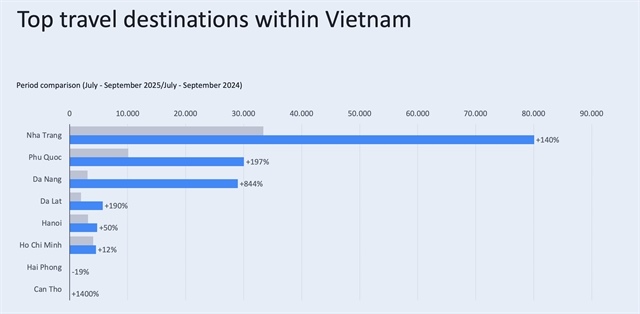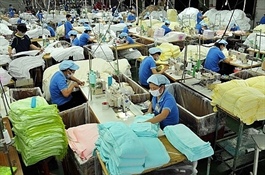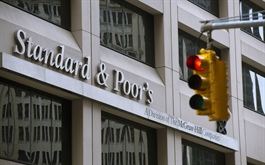VN the only country to have its outlook improved by three credit rating agencies
VN the only country to have its outlook improved by three credit rating agencies
The S&P Global Ratings announced late last week it had retained Viet Nam’s sovereign credit rating and improved its economic outlook to "positive" from "stable". 
This made Viet Nam the only country in the world to have its outlook improved this year by three credit rating agencies, Moody’s, S&P and Fitch, according to the Ministry of Finance.
The S&P made the decision on the back of Viet Nam’s impressive economic achievements and reforms of policymaking amid the COVID-19 pandemic.
The agency said after recording one of the highest economic growth rates worldwide in 2020, Viet Nam would continue with solid recovery in the next one to two years thanks to the Government’s effective measures against the pandemic, efforts to attract foreign investment, stable exports, strong domestic demand and solid external position.
Viet Nam’s fiscal policies and public debts showed efficiency and flexibility, which contributed significantly to controlling the pandemic, the agency said.
Moody’s Investors Service in mid-March raised its outlook for Viet Nam to "positive" from "negative" and affirmed the country’s long-term credit rating at Ba3. The drivers of the positive outlook included signs of improvements in fiscal strength and potential improvements in economic strength that might strengthen Viet Nam's credit profile over time.
Fitch Ratings in early April revised Viet Nam's outlook to "positive" from "stable" and affirmed the long-term foreign-currency issuer default rating at 'BB', given the country's success in bringing the coronavirus outbreak swiftly under control alongside strong policy support and export demand.
The COVID-19 pandemic has caused social instabilities and economic slowdown in many countries in the world.
In 2020, credit rating agencies lowered sovereign credit rating 124 times and economic outlook 133 times globally.
From the beginning of this year to May 21, 16 countries had their outlooks lowered by Moody’s, S& P and Fitch.
The finance ministry said that the Vietnamese Government would continue pursuing the goal of consolidating the macro-economic foundation, maintaining stable growth in production and trade, improving the internal capacity of the economy, boosting institutional reform in combination with fighting the pandemic, contributing to realising the country’s mid and long-term goals and improving national stature.
In the near future, the ministry and the Government agencies will continue enhancing collaboration and information sharing with credit rating agencies and international organisations to fuel socio-economic development and improve Viet Nam’s creditworthiness, the ministry said.
The Asian Development Bank in its Asian Development Outlook 2021 launched in late April forecast the Vietnamese economy would grow at 6.7 per cent this year, despite the return of the virus, and at 7 per cent in 2022.
The World Bank in mid-May however warned about several risks to the Vietnamese economy due to the fourth outbreak of the virus in Viet Nam starting from late April. With new restrictive measures in place, the outbreak would affect domestic economic activities, especially tourism, transportation and retail.
The World Bank recommended the Vietnamese Government consider stimulating domestic demand through the application of more adaptive fiscal policies, including a larger-scale support package for people and businesses affected by the pandemic.
Although 2020 was considered a hard year for the global economy due to the impacts of the pandemic, the Vietnamese economy managed to expand at 2.91 per cent while many countries saw considerable recessions.
The Vietnamese economy reached a scale of $343 billion last year, making the country the fourth-largest economy in the Southeast Asia region, coming after Indonesia ($1.088 trillion), Thailand ($509 billion) and the Philippines ($367 billion).
The Government set the target for GDP growth at 6.5 per cent this year, higher than the National Assembly’s plan at 6 per cent.



























